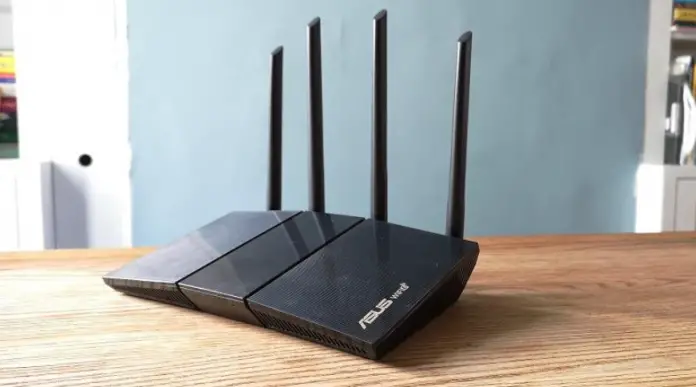CTS (Clear to send) is a protection mode that helps you to connect to the wireless network on the router when there are many other communication devices/users around.
What’s the CTS protection mode?
The default setting is different for each wireless router manufacturer. When the default value is turned off, devices within the wireless network might experience trouble accessing the Internet since they’re trying to join online simultaneously. A device needs to get a CTS frame back up from a wireless AP (WAP) before sending information when turned on. An automatic setting defines which PC can link to the WAP within a particular time via a request-to-send (RTS) packet.
Devices are unable to identify whenever other devices on the network are attempting to transfer data. If there’s no CTS protection mode enabled, data clashes can happen, making the WAP return an error message to the originating device. CTS specifies the order that devices link to the WAP.
What’s the difference between CTS and CTS-RTS?
CTS and CTS-RTS are two security methods. With CTS-only, devices have to receive a self-addressed CTS frame before they send data. Under CTS-RTS, PCs have to send RTS and get CTS before sending data. The transmission rate of the data can also be regulated to control the data exchange process.
This article was written by Vladimir Sereda and was reviewed by Vladislav Sheridan, a Managing Editor at Splaitor, according to Splaitor’s Quality and Fact-Checking Policy.
Featured image: Tech Advisor






